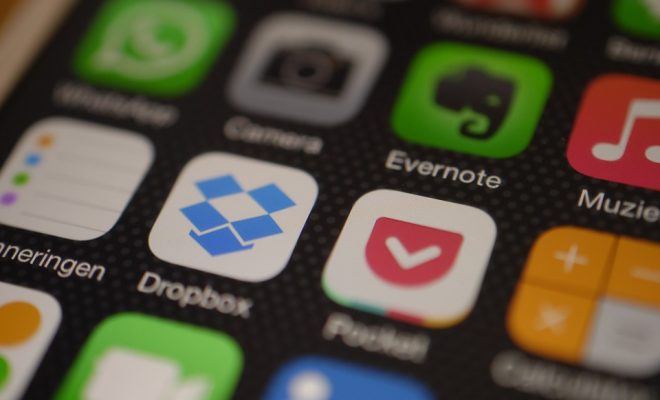Can Digital Equity Close the Achievement Gap?

Closing the achievement gap has been a focus of those looking to improve education for decades. The term “achievement gap” refers to the gap between the test scores of low-income students (or students of color) and their wealthier (or white) peers. There are dozens of theories on why this gap continues to exist and what we can do to bring low-income students’ achievement levels up. In recent years, one idea has come to light that has promise—using digital equity to close the achievement gap.
Digital equity has also been the focus of education advocates for some years now. As digital technology becomes an integral part of our world and our schools, a gap has emerged in access to technology. Students from wealthier backgrounds tend to have greater access to the internet and digital technology when compared to their peers who come from poverty. This puts wealthier students ahead and adds another barrier for schools with a high poverty rate to overcome.
Some education experts now say that digital equity could help to provide a level playing field for all students. If all students have access to the same technology, it could help to close the achievement gap. It has already been established that students without access to technology have trouble completing homework assignments. While more than half of teachers assign homework that requires internet access, there are millions of children who live in homes where they can’t get online.
In theory, closing this digital divide could have tremendous effects for low-income students. Giving students from poverty access to technology certainly improves outcomes. Researchers at Stanford have found that, when used correctly, technology does indeed help boost test scores for low-income students.
However, digital equity is not a magic fix for closing the achievement gap. The achievement gap existed long before the invention of the internet. Creating true equality for all students is far more complex than simply giving them all laptops. Further studies have shown that even when students in high-poverty schools have greater access to technology than their peers in low-poverty schools, their test scores remain lower.
While digital equity is a part of closing the achievement gap, it’s not the solution. Digital technology can be used to widen the achievement gap or to help close it.
How has your school used digital technology to try to close the achievement gap? Do you think digital equity can close the achievement gap?



